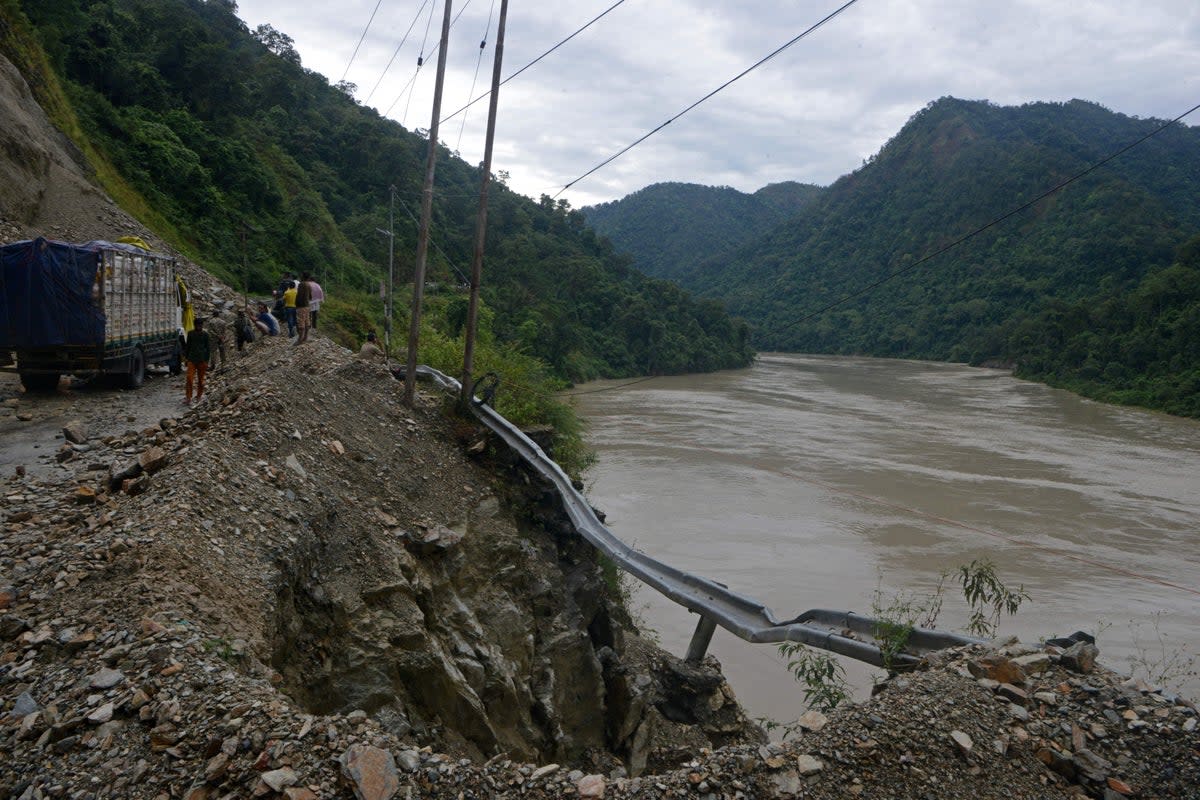Nepal landslides triggered by heavy monsoon rains kill nine

Landslides triggered by heavy monsoon rains in Nepal have killed nine people, including five from the same family, officials said on Saturday. The dead also included three children, according to the National Disaster Rescue and Reduction Management Authority (NRDDMA).
The landslide washed away a house in the Gulmi district, about 250 km (156 miles) west of Kathmandu, killing all five of its members, Reuters reported. Their bodies were recovered, including those of two children, Dizan Bhattarai, a spokesperson of the NRDDMA said.
The tally of those who have died in Nepal due to landslides, floods, and lightning strikes since mid-June is now at least 35.
With the annual monsoon rains expected to continue until mid-September, this number may rise, experts fear.
Each year, hundreds of people are killed by landslides and flash floods in Nepal. Landslides are becoming more common in the country due to its fragile and actively changing geology.
Between 2011 and 2021, the country experienced over 2,400 landslides, with 1,384 people losing their lives.
These events also caused economic damages amounting to millions each year due to the blocking of key highways for several hours.
Deaths are caused by a combination of natural factors, such as heavy rain, floods, and soil fragility, as well as human-made factors, such as heavy infrastructure development in risk-prone areas.
Some researchers say past landslides, including those triggered by earthquakes, may also have made the region more prone to future ones.
In 2015, about 9,000 people were killed, many thousands more were injured, and over 600,000 structures in Kathmandu and nearby towns were either damaged or destroyed in a 7.8 magnitude earthquake.
“After 2015, there is a dramatic increase in landslide disasters, attributed to the Mw 7.8 Gorkha earthquake in Nepal. Landslide disaster rates remain elevated in several provinces several years after the earthquake,” researchers wrote in a study published recently in the journal Environmental Earth Sciences.
“The earthquake mainly triggered landslides in the central east areas. Landslide disasters in the 14 worst-affected districts remain significantly higher than on the day of the earthquake in 2015,” they said.
Experts call for several measures to reduce fatalities in the country, including reduced settlements in prone areas, development of early warning systems, and slope stabilisation activities.


